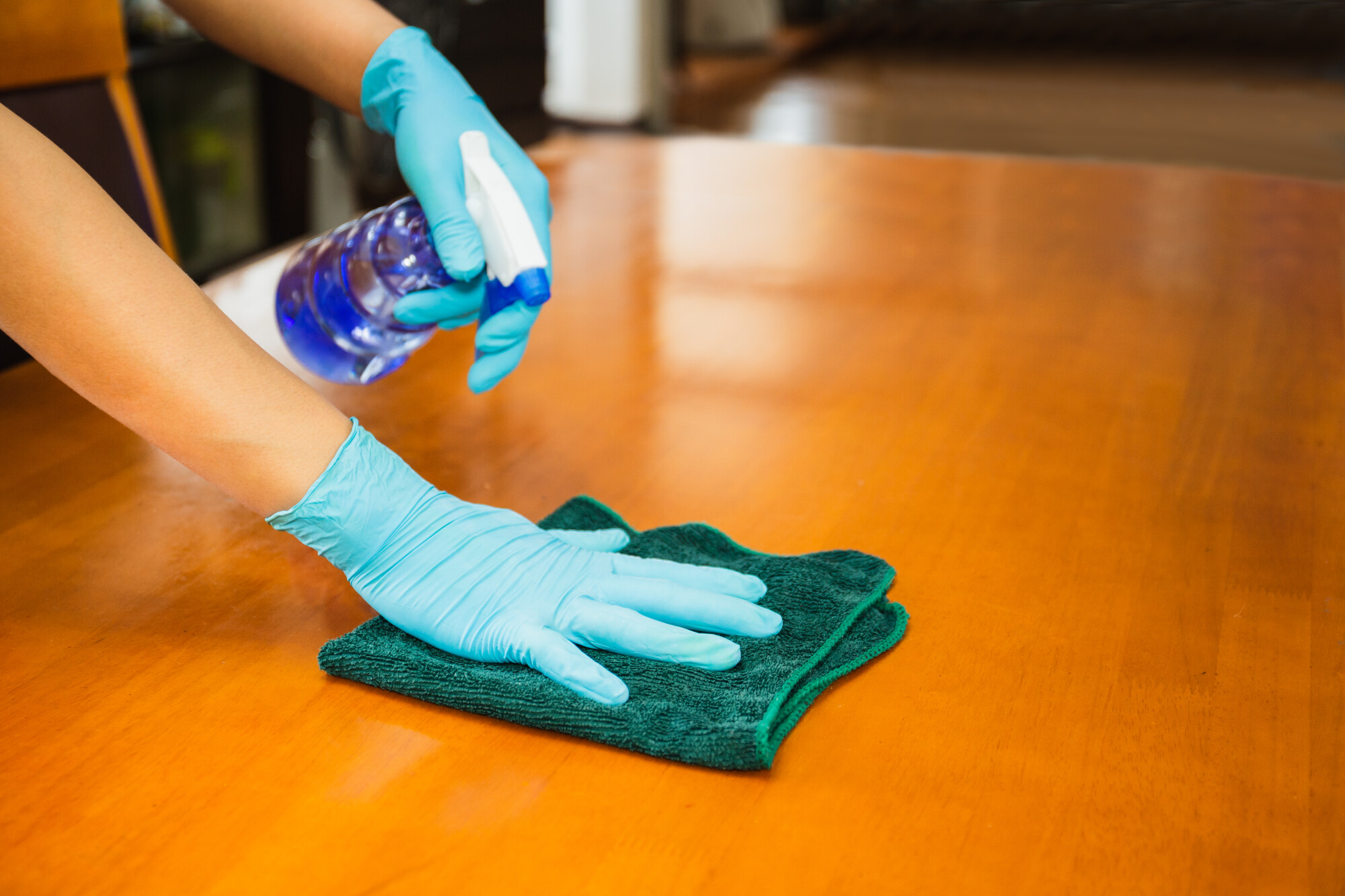8 Common Kitchen Cleaning Mistakes and How to Avoid Them

The kitchen is the heart of the home. It’s the place where the family gathers and where many of their meals are cooked.
It needs to be accessible for everyone. Because of this and how often it’s used, that means it will be exposed to a lot of grime and possible messes. This means that it needs to be cleaned to support a healthy home and kitchen.
But aside from keeping the kitchen clean and free from clutter, there are other cleaning mistakes that people make that they don’t realize. Here are 8 common kitchen cleaning mistakes to beware of.
Table of Contents
1. Using Too Much Water
Using too much water not only wastes valuable resources, but it also can dilute cleaning solutions and make it harder to sanitize surfaces. Too much water can also leave a sticky residue, making surfaces difficult to dry and prone to crude buildup.
Some surfaces can be damaged by too much water, such as grout lines around tile. For these surfaces, it is best to use a damp sponge or rag and apply only a small amount of water to help with cleaning. Cleaners should always be used, and directions should be read for each product for proper use.
2. Neglecting Deep Cleaning
Neglecting deep cleaning is one of the most common kitchen cleaning mistakes. Focusing on surface cleaning can disguise areas that may need more thorough scrubbing. Grease can accumulate on the stove, oven, and other surfaces, but behind appliances and in hard-to-reach areas like the refrigerator coils, it can attract dust, dust mites, and other microscopic particles, reducing the quality of the air.
Since grease can also build up in ventilation ducts, compromising the efficiency of the exhaust fans, creating an unsanitary environment and making it a prime spot for mold and mildew growth. This is one of the good characteristics of a home cleaning service. They do not allow cleaning supplies and other liquids to be forgotten and allowed to drip down into areas below the sink.
3. Wiping Surfaces as the Common Kitchen Cleaning Mistakes
Wiping surfaces is an important part of kitchen cleaning routine, but there are many common mistakes that can be made. To begin, make sure you use a clean, damp cloth. If you already have a damp cloth, take the time to rinse it out with hot water before you begin wiping.
Reusing a dirty cloth will spread dirt and grime around. Also, it is important to use a proper cleaner for the surface.
Using an ammonia-based cleaner on laminate counters can damage them. Protect yourself and your family from bacterial buildup by taking the time to wipe down all edges and corners.
4. Uncovering Hidden Dirt
Every kitchen needs cleaning kitchen sinks since it is where most of the family’s meals are prepared. Unfortunately, we can sometimes miss spots that need attention. To uncover any hidden dirt and make sure your kitchen stays clean, it’s important to pay attention to some common mistakes people make when cleaning their kitchen.
For example, spilled liquids left on the countertops can attract pests. This can lead to a buildup of mold and musty smells. Make sure to clean the refrigerator often, both inside and out. Don’t forget to clean the handles and knobs of appliances.
5. Selecting the Wrong Cleaners
It is important to use the right cleaner for the right job and to avoid using harsh chemicals. Too much of a harsh chemical can cause damage to delicate surfaces and leave streaks or marks.
Selecting the wrong cleaner can also mean that the job doesn’t get done and the surface remains dirty or stained. People should read the instructions or labels on the cleansers before using them. You should pay attention to the types of surfaces that need cleaning.
6. Unsanitary Sponges
Sponges are some of the most commonly used and overlooked offenders when it comes to making common kitchen cleaning supplies mistakes and compromising food safety. Sponges can become unsanitary and become a breeding ground for germs and bacteria. Cleaned and stored sponges are among the top-ranked contamination risks, according to food safety experts.
It is important that sponges are sanitized between uses, such as by microwaving or boiling to kill germs and bacteria. Sponges should be stored in a dry environment, away from sink drain overflows and raw foods. Constant use of sponges for many tasks may must more frequent replacements than normal for utmost safety.
7. Scrubbing Too Hard
Hard scrubbing can damage some kitchen surfaces and is not effective. Instead of scrubbing too hard, it is best to use gentle cleaning solutions and materials to remove stubborn stains. For example, using soft scrubbing pads and non-toxic cleaning solutions It can help remove food and liquid stains with relative ease.
Soft cleaning clothes such as microfibers and natural fibers are great options for tactile cleaning. They cut off the possibility of damaging the surface. Microfiber cloths can also be used to polish the surface area afterwards to restore a natural glow.
8. Skipping the Rinsing Step
Skipping the rinsing step is one of the most common kitchen cleaning mistakes. Not only is it a waste of time and energy, but it also leaves behind food debris and other debris that can contaminate your kitchen surfaces. For example, if you are washing dishes and plates using detergent, you should always rinse them after washing.
Rinsing ensures that all the soap and food particles are completely removed, so when you put them away, they’re nice and clean. Furthermore, by not rinsing your dishes, you may cause bacteria, mold, and other microorganisms to build up on them over time.
A Crucial Habit to Maintain a Germ-Free Home
There are some crucial habits to support a germ-free home, and keeping a clean kitchen is one of the most important. It is important to wash hands before and after handling any food items and to also clean any counters and surfaces. It is important to separate meats from other foods in the fridge and cupboards and to also cook meats to their proper temperatures.
Common kitchen cleaning mistakes can include not sanitizing all surfaces, washing fruits and vegetables with soap, and wiping down kitchen surfaces with a dirty cloth. Making sure to use fresh materials and cleaning supplies, such as paper towels and cloths, is also an important factor. Keeping a clean and organized kitchen is key to avoiding any kind of germs and bacteria.
For more information, be sure to check out our other blogs!






